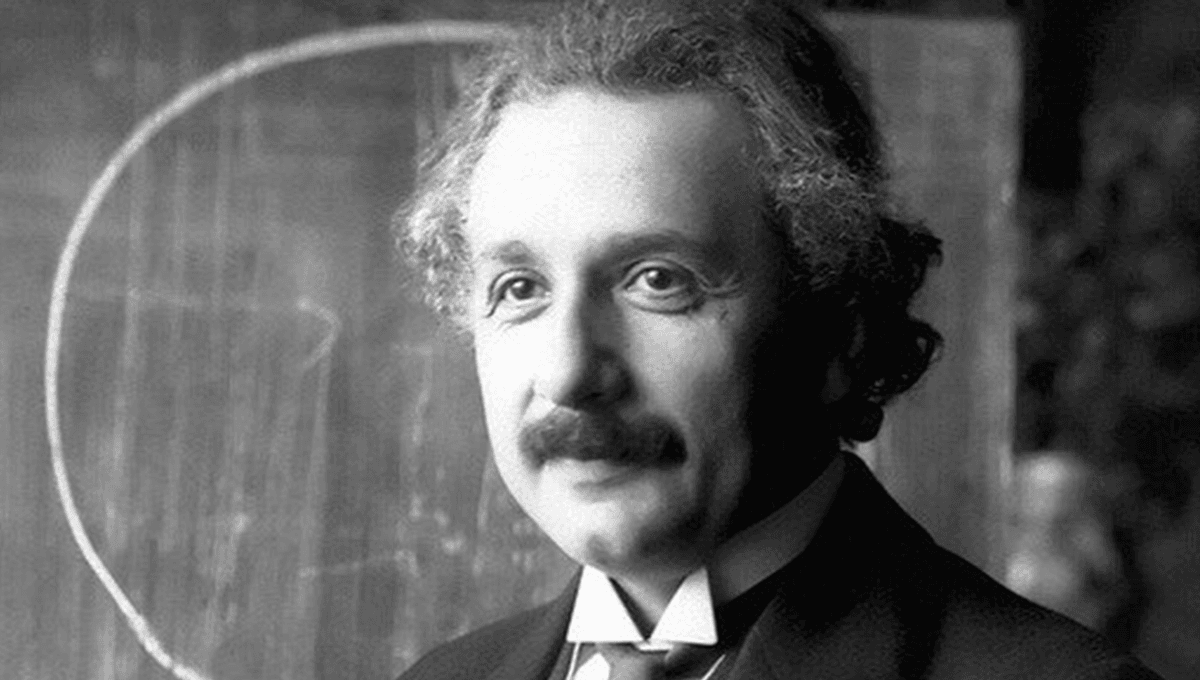Researchers at MIT have conducted what they are calling the most “idealized” double-slit experiment yet, finding further evidence that Einstein’s take on the phenomenon is likely incorrect.
The double-slit experiment and its variations is one of the weirdest results humans found as we began to study the world scientifically. In 1801, Thomas Young took a light and shone it through a double-slit onto a screen behind it. At the time the corpuscular idea of light, proposed by Isaac Newton, was the prevailing hypothesis about what light is, suggesting that light was a massless particle dubbed a “corpuscle”.
But when Young shone a light through the double-slits, the pattern it made on the screen behind it was not what you would expect if light were simply a particle. Rather than two blobs of light, it produced an interference pattern, as if two ripples of waves were emerging on the other side of the slit and interfering with each other.
This helped scientists learn of the wave-like nature of light, but the experiment got stranger still the more that scientists looked into it. For an obvious example, when you attempt to detect which slit the light went through, the interference pattern disappears and you are left with a pattern which suggests that light is in fact acting like a particle.
Einstein, who won his Nobel Prize for his work on the photoelectric effect demonstrating that light acts as both a wave and a particle dubbed a photon, was well aware of this effect and debated at length with Niels Bohr on the topic. Einstein thought that with the right experimental setup – for example using a screen attached to sensitive springs to detect which slit the photon went through – it would be possible to detect the path the photon took, without disturbing the interference pattern. Bohr, meanwhile, used Heisenberg’s uncertainty principle – which states that the more we know about a particle’s position, the less we know about its momentum – to show that detecting the path would always wipe out the interference pattern.
Unfortunately for Einstein, all work done subsequently – including experiments that used springs – does point to the interference pattern disappearing when the photon’s path is detected. In the latest blow, scientists have done so during the most “idealized” double-slit experiment so far.
The researchers from MIT were actually studying ultracold atoms, and how the scattering of light off them can reveal their properties.
“We realized we can quantify the degree to which this scattering process is like a particle or a wave,” first author Vitaly Fedoseev explained in a statement, “and we quickly realized we can apply this new method to realize this famous experiment in a very idealized way.”
In the experiment, they cooled over 10,000 atoms to microkelvin temperatures in a cloud, and used laser beams to manipulate them into a crystal-like lattice. In this setup, each individual atom was far enough away from its neighbor that you could see it as a single, isolated atom. When they shone a weak beam of light through the atoms, as it passed between two neighboring atoms, this was like it passing through two slits in the classic experiment.
“What we have done can be regarded as a new variant to the double-slit experiment,” Wolfgang Ketterle, the John D. MacArthur Professor of Physics, added. “These single atoms are like the smallest slits you could possibly build.”
For the experiment, the team could also adjust how tightly the atoms were held in place. Allowing them more freedom, making them “fuzzier”, the atoms would become rustled more easily by the light beam, and as such you would expect increased probability that the light would behave as a photon rather than a wave. Looking at the data collected behind the cloud of atoms by an ultrasensitive detector, the team found that the results closely matched theoretical predictions by quantum mechanics. This appears to agree with the evidence that Einstein was wrong on this topic, and an idealized experiment using a spring would yield the same result.
“In many descriptions, the springs play a major role. But we show, no, the springs do not matter here; what matters is only the fuzziness of the atoms,” Fedoseev added. “Therefore, one has to use a more profound description, which uses quantum correlations between photons and atoms.”
All these years after the birth of quantum mechanics, its predictions are still the best we have, as well as baffling to observe. This is unlikely the last you will hear of its most famous experiment.
The study is published in Physical Review Letters.
